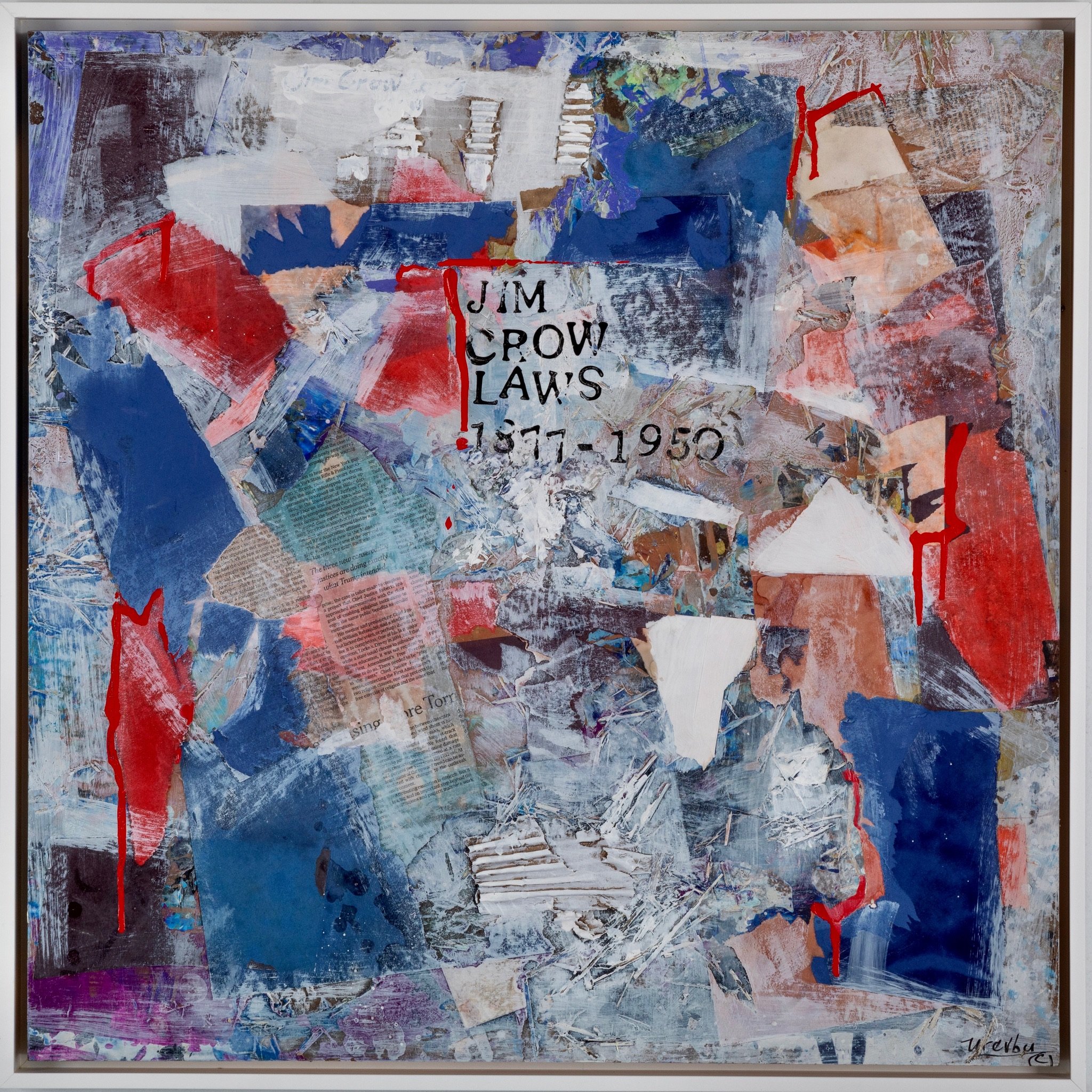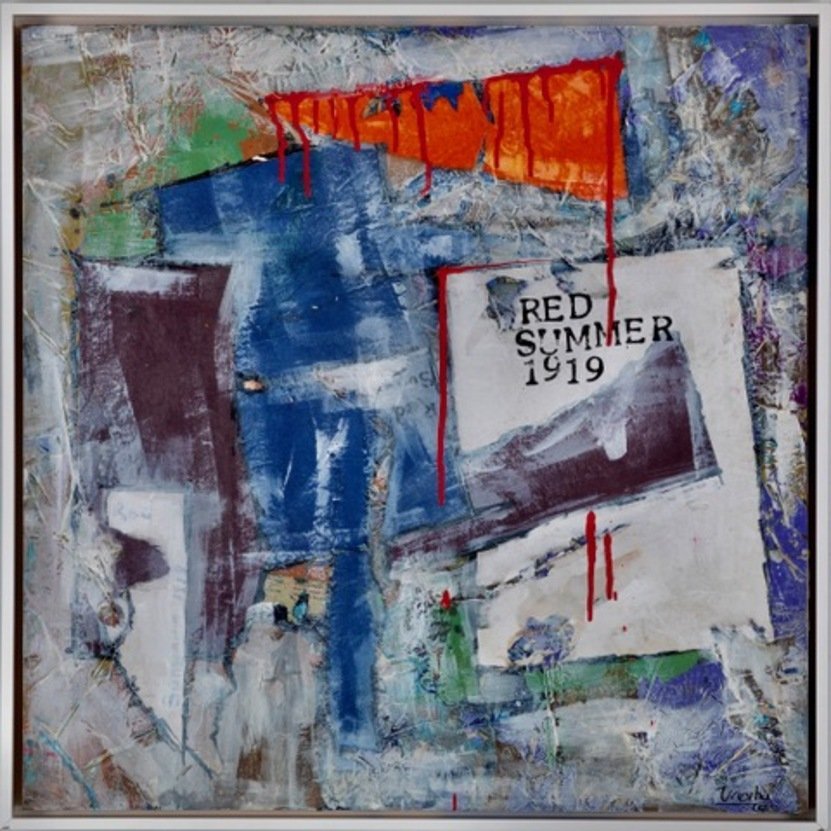Untold Stories Collection
Jim Crow Laws, 1877-1950
Jim Crow laws were a pervasive and oppressive set of state and local regulations in the United States that enforced racial segregation and discrimination against African Americans, as well as other non-white groups, from the late 19th century until the mid-20th century. Originating in the post-Reconstruction South, these laws sought to institutionalize racial hierarchy and maintain white supremacy.These laws mandated segregation in virtually every aspect of public life, including public transportation, schools, restaurants, theaters, and other public facilities. They enforced separate and unequal treatment for African Americans, relegating them to inferior facilities, services, and opportunities compared to their white counterparts. In addition to segregation, Jim Crow laws included measures such as literacy tests, poll taxes, and other discriminatory voting restrictions designed to disenfranchise African American voters.The term "Jim Crow" originally referred to a fictional minstrel show character created by Thomas Dartmouth Rice in the early 19th century, which perpetuated demeaning racial stereotypes. Over time, "Jim Crow" became synonymous with the entire system of legalized segregation and racial oppression that defined the era.The Jim Crow era began to crumble under the pressure of the Civil Rights Movement of the 1950s and 1960s, fueled by grassroots activism and legal challenges to discriminatory practices. The landmark 1954 Supreme Court case Brown v. Board of Education struck down the doctrine of "separate but equal" in public education, ruling that state-sponsored segregation in schools was unconstitutional. This decision marked a pivotal moment in the fight against Jim Crow laws.Subsequent federal legislation, including the Civil Rights Act of 1964 and the Voting Rights Act of 1965, further dismantled Jim Crow laws by outlawing segregation in public accommodations and prohibiting racial discrimination in employment, voting, and education. These legislative victories represented significant strides toward racial equality and justice in America, although challenges and disparities persist.The legacy of Jim Crow laws continues to resonate in contemporary discussions about systemic racism, social justice, and the ongoing struggle for civil rights. Understanding this dark chapter in American history underscores the importance of confronting and addressing racial discrimination and inequality to achieve a more inclusive and equitable society.Ephraim Urevbu
Jim Crow Laws 1870–present, 2022
Acrylic and mixed media on board
24 x 24 in (60.9 x 60.9 cm)
























